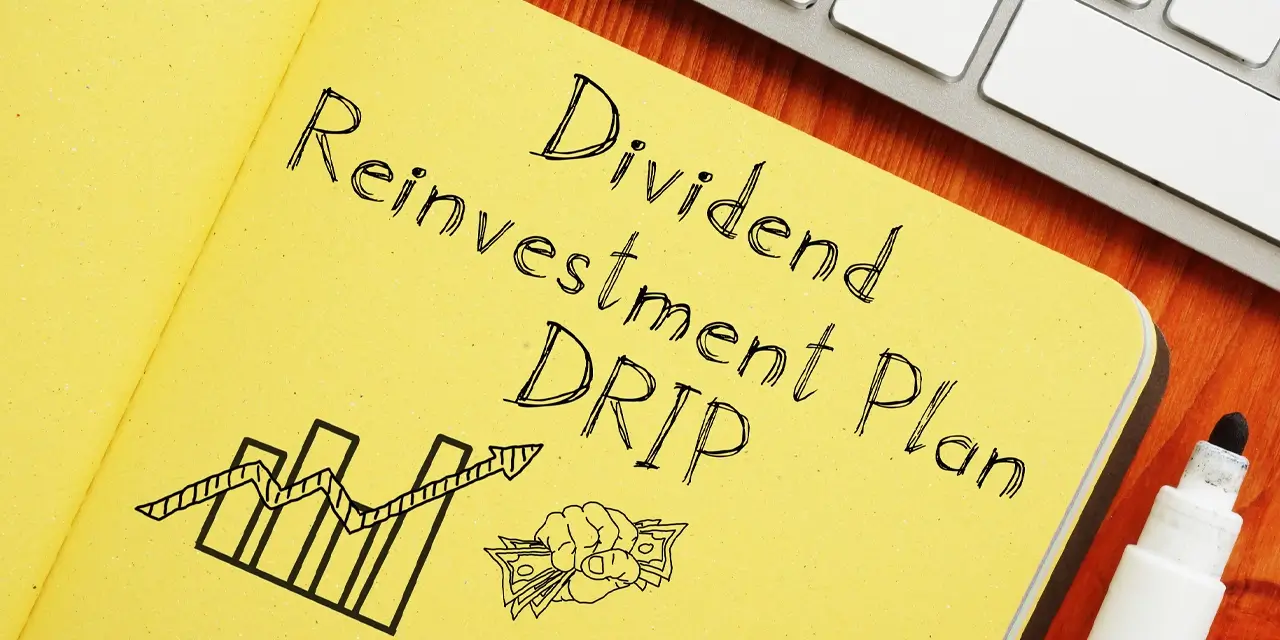This article originally appeared on The Globe And Mail and has been published here with permission. Image by ALEXANDERFORD/AFP/GETTY IMAGES.
Stock trading has once again turned choppy after a surprisingly strong and persistent rise in U.S. markets for months, and a range-bound stock market in Canada with no major moves in either direction. With indicators hinting at an economic slowdown ahead, balanced against significant increases in cash balances, investors could be in for more volatility as we move through the fall.
For those in or eyeing retirement, it can be a challenge to preserve their nest eggs for the duration of their post-employment lives while ensuring they have sufficient cash flows to meet monthly needs. While bonds are paying more these days, many fixed-income investments still don’t beat inflation. And even the bluest of blue-chip dividend stocks are subject to potential market swings that many retirees find challenging to endure.
Enter covered-call investing, an alternative strategy that has gained popularity in recent years. This approach provides the diversification and liquidity of a conventional mutual fund or exchange-traded fund (ETF), with an income-generating solution through the writing of call options on a portion of the underlying holdings.
In uncertain market conditions, when stocks are fluctuating, it’s a particularly effective strategy for current and soon-to-be retirees, says Michael Kovacs, president and chief executive officer at Harvest ETFs in Oakville, Ont.
“You’re getting a nice stream of income that helps to ride out that volatility,” he says.
Among investment advisors and their clients, Harvest’s ETFs have become well known for their suite of covered-call funds. The firm has amassed about $3.6-billion in assets under management, mostly among retirees and pre-retirees looking to take some risk out of their portfolios while generating some enhanced yield.
A call option is a purchased agreement between two parties. The buyer pays a premium to the seller for the right, but not the obligation, to buy a stock at a fixed price within a specified time frame. The seller keeps the premium regardless of what happens later. Covered-call ETFs typically present a trade-off. Investors lose some of the upside potential of the fund’s underlying holdings, but that allows for the income generation via the collected premiums.
Many covered-call ETFs that are managed passively write options on the same percentage of their holdings every month. Harvest uses an active call-option strategy.
That gives portfolio managers the discretion to sell call options on any amount of an ETF’s holdings, up to a 33 per cent limit rate. So, fund managers can take advantage of higher options premiums in certain market conditions and sell call options on a smaller percentage of an ETF’s holdings.
Mr. Kovacs says the flexibility of active management makes a difference in building high-yield ETFs that pay monthly distributions and yet still capture the opportunity for market growth.
Elevated yields are a hallmark of a covered-call strategy, particularly as it relates to Harvest’s group of funds, which are comprised primarily of large-cap dividend stocks. For example, the multi-sector Harvest Diversified Monthly Income ETF (HDIF) offers a current monthly yield of 10.98 per cent as at August 17.
“We believe that, long term, you should own companies to grow capital,” says Paul MacDonald, Harvest’s chief investment officer and portfolio manager.
“First, we’re going to position ourselves in a sector, then start breaking down what stocks and companies we want to own – the leadership companies with good management and proven operational and financial execution. We’ll then start looking at the options strategies to generate that higher income. It’s actually a very simple philosophy, but there are a lot of variables that we take into consideration as we execute the strategies.”
With a shallower options market in Canada, approximately 80 per cent of Harvest’s holdings are U.S. listed. To use an example, the top 10 holdings that make up half of Harvest Brand Leaders Plus Income ETF (HBF) are some of the largest U.S. companies, including Caterpillar Inc., Costco Wholesale Corp., Apple Inc. and PepsiCo, Inc.
“A lot of the equities we hold are U.S. stocks, where you have very big, deep option markets,” Mr. Kovacs says. “That allows us to have quite a bit of variety when it comes to writing or selling calls.”
Strategists are split on how U.S., Canadian and international stocks will finish 2023. Citigroup recently warned the S&P 500 has entered overbought territory, while others including Deutsche Bank see U.S. stocks rallying before ending the year flat. Recession worries and the impact of a downturn on oil prices and financials has similarly clouded the outlook for the Toronto Stock Exchange.
Yet, that uncertainty can benefit a covered-call overlay compared with portfolios that don’t leverage such a strategy, Mr. Kovacs says.
“We write throughout all market cycles, but when you get these choppy times, it presents more opportunities in the options market. You get more premiums building up in the various options on the stocks. The more volatility there is, the higher the premiums we receive from writing covered-call options,” he explains.
By capping the number of positions it writes options on at 33 per cent of an individual fund’s underlying holdings, and keeping the remaining positions long, Harvest helps the overall growth profile of the fund. Over time, high-quality stocks rise.
The investment approach is a hybrid between straight index investing and active management, which Mr. MacDonald says represents a cost-effective path for investors both to reduce volatility and increase yield.
“The portfolio turnover of the stocks tends to be quite small because of the upfront selection process. Year after year, usually only a few names change in our equity income portfolios. It’s really the ongoing trading of the call options where the expertise and active part is needed.”












